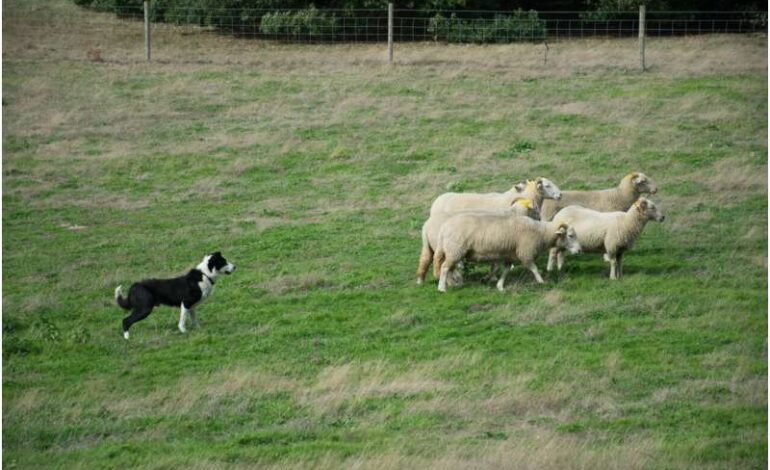Study Reveals 20,000-Year Bond Between Humans and Dogs Across Eurasia

A groundbreaking study published in the journal Science highlights the deep-rooted relationship between humans and dogs, revealing that both species have spread across Eurasia together for at least 20,000 years. Led by Laurent Frantz, a paleogeneticist at the Ludwig Maximilian University of Munich and Queen Mary University of London, the research connects the movement of human populations with that of specific dog breeds during significant cultural transitions.
The international team, comprising scientists from LMU, QMUL, the Kunming Institute of Zoology, Lanzhou University in China, and the University of Oxford, sequenced and analyzed the genomes of 17 ancient dogs from regions in Siberia, East Asia, and the Central Asian Steppe. Notably, this study marks the first time specimens from China have been included in such research. The dog remains were excavated from archaeological sites dating between 9,700 and 870 years old.
Historical Context of Human-Dog Co-dispersal
The findings indicate that major cultural shifts over the past 10,000 years, such as the movements of hunter-gatherers, farmers, and pastoralists, were often linked to the migration of dog populations. For instance, during the transformative period of the Early Bronze Age, around 4,000 years ago, the introduction of metalworking coincided with the movement of people across the Eurasian Steppe into Western China. This suggests that the expansion of dog populations was intricately tied to the spread of new technologies and lifestyles.
The genetic analysis revealed a remarkable correlation between shifts in human and dog genomes, particularly during periods marked by population turnover. The research traced the roots of this co-dispersal back at least 11,000 years, when northern Eurasian hunter-gatherers exchanged dogs that are closely related to today’s Siberian Huskies.
Cultural Significance and Enduring Partnerships
Dr. Lachie Scarsbrook, an author of the study from LMU and Oxford, emphasized the cultural significance of dogs throughout history. “Traces of these major cultural shifts can be teased out of the genomes of ancient dogs,” he noted. “Our results highlight the deeply rooted cultural importance of dogs. Instead of just adopting local populations, people have maintained a distinct sense of ownership towards their own dogs for at least the past 11,000 years.”
Prof. Laurent Frantz further elaborated on this partnership, stating, “This tight link between human and dog genetics shows that dogs were an integral part of society, whether you were a hunter-gatherer in the Arctic Circle 10,000 years ago or a metalworker in an early Chinese city.” The research underscores the remarkable adaptability of dogs and their significant role in human societies, highlighting a relationship that transcends mere companionship.
This study serves as a testament to the enduring bond between humans and dogs, illustrating how intertwined their histories have been throughout the millennia. The findings not only shed light on ancient cultural dynamics but also enhance our understanding of the profound connections that continue to shape human-animal relationships today.
For further details, see the complete study by Shao-Jie Zhang et al in Science (2025). DOI: 10.1126/science.adu2836.






